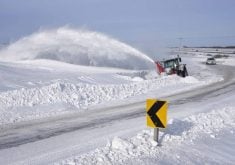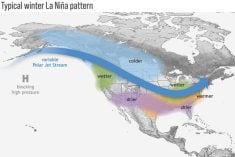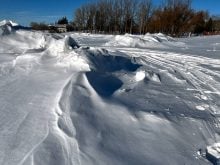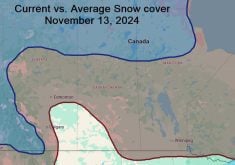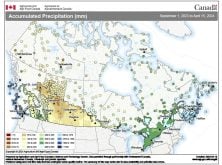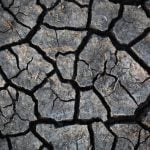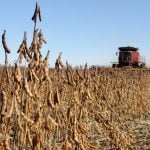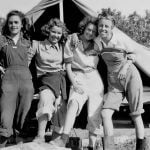Last spring and a few times this fall, the Prairies have seen several large winter storm systems. Most big fall or winter snowfalls come from areas of low pressure that develop to the lee of the Rocky Mountains. One area of development is over Alberta, producing what’s affectionately referred to as an Alberta clipper. The second such area, over Colorado, produces the infamous Colorado low.
In this issue, let’s re-examine this topic and discuss why so many lows seem to develop on the eastern side of the Rockies.
We have discussed how jet streams, when they follow a curvy pattern, can slow down and speed up. This slowing down can result in regions of descending air (high pressure), while the speeding up can result in regions of ascending air (low pressure). This by itself cannot explain why lee-side lows develop.
Read Also
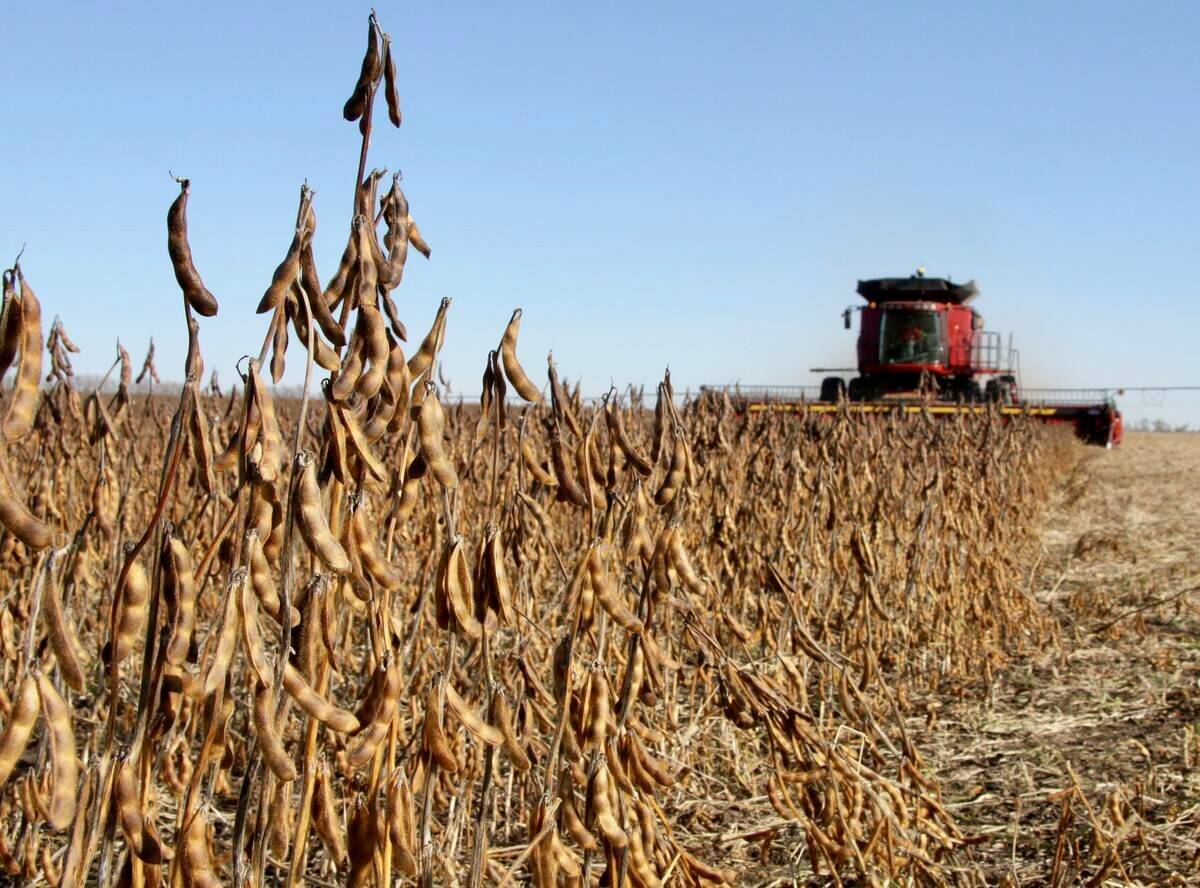
October rain recharges Manitoba soils
Daniel Bezte looks back on October weather on the Prairies and looks ahead to see whether there’s any consensus for this winter’s weather.
The leading theory talks a lot about absolute vorticity, relative vorticity and the Earth’s vorticity. In case you’re wondering, vorticity refers to the spin that a package of air will have. I will avoid explaining all the details that go along with different types of vorticity because it would make for rather eye-glazing reading.
Here’s my attempt to simplify things. The further you move toward the equator, the lower the Earth’s vorticity. If it is spinning counter-clockwise (cyclonically), it gains positive vorticity, and if it spins clockwise (anticyclonic) it also gains relative vorticity, but in a negative direction.
[RELATED] The science behind snow fences
Here is the important part: the Earth’s vorticity and the relative vorticity equal a constant absolute vorticity. This means that if air moves southward toward the equator, the Earth’s vorticity decreases. To compensate for this, and keep the absolute vorticity the same, the relative vorticity of the parcel of air must increase.
The same thing holds true if the air is moving toward the poles. The Earth’s vorticity will increase and therefore the relative vorticity of the air has to decrease to keep the absolute vorticity constant.
Remember, increasing vorticity leads to cyclonic motion (low pressure) and decreasing or negative vorticity leads to anticyclonic motion (high pressure).
Let’s apply this understanding to the development of lee-side lows. As air flows in from the Pacific Ocean, it is forced upward by the Rocky Mountains. At the same time the tropopause – the top of the troposphere – acts as a lid, causing the air to become squeezed and shrink vertically.
To compensate for this, the air must spread out horizontally. Because the depth of the air has decreased, the absolute vorticity also decreases (don’t ask me why; trust me, it just does). To make up for this, the relative vorticity of the air must also decrease, since Earth’s vorticity hasn’t changed.
So now the air starts to curve anticyclonically, or toward the southeast. As it does, it moves into increasingly lower and lower Earth vorticity, so the relative vorticity must increase to compensate. This means the air gains a cyclonic spin and turns toward the northeast.
We have now created a trough of low pressure, but why does this sometimes result in Alberta clippers or Colorado lows?
[RELATED] When does winter start?
Contrasts
There are two answers. These regions have some of the highest mountains. This greatly shrinks the column of air as it is forced between the mountains and the tropopause, and the greater the shrinking, the more the vorticity must change, resulting in development of stronger troughing.
This alone will not form strong areas of low pressure. If it did, we would see a constant parade of these lows across our region. For strong Alberta clippers to form, this troughing must tap into cold arctic air sliding down along the mountains from the north, along with warm, moist air to the south. This creates a big temperature contrast for the storm to feed off, and all the moisture provides energy to the storm system.
The Colorado low’s impressive strength involves its southern location. As with the Alberta clipper, the air flow around the developing low will draw colder air in from the north along with warm moist air from the south. With Colorado’s location, warm moisture-laden air from the Gulf of Mexico is often available.
If you remember our discussions about thunderstorms, moisture in the air equals energy, especially when it is forced to rise and condense, releasing all its heat. This extra energy can really get these storm systems going, resulting in those big bad Colorado lows.
As you can see, for any lee-side lows to develop into big storms, they need to have several conditions available in the right place and at the right time. For example, a low may form and have plenty of moisture streaming up from the south, but lack of cold air from the north will limit the storm’s strength.
Or, the storm gets going but the timing of the cold air means the storm does not get really wound up until it has passed us to the east. Or, the lack of cold air allows the storm to take a more westerly route, which we have seen a couple times this fall.
There are many variables that must come together for a really big storm. Whether we’ll see that happen this winter is the big question.




